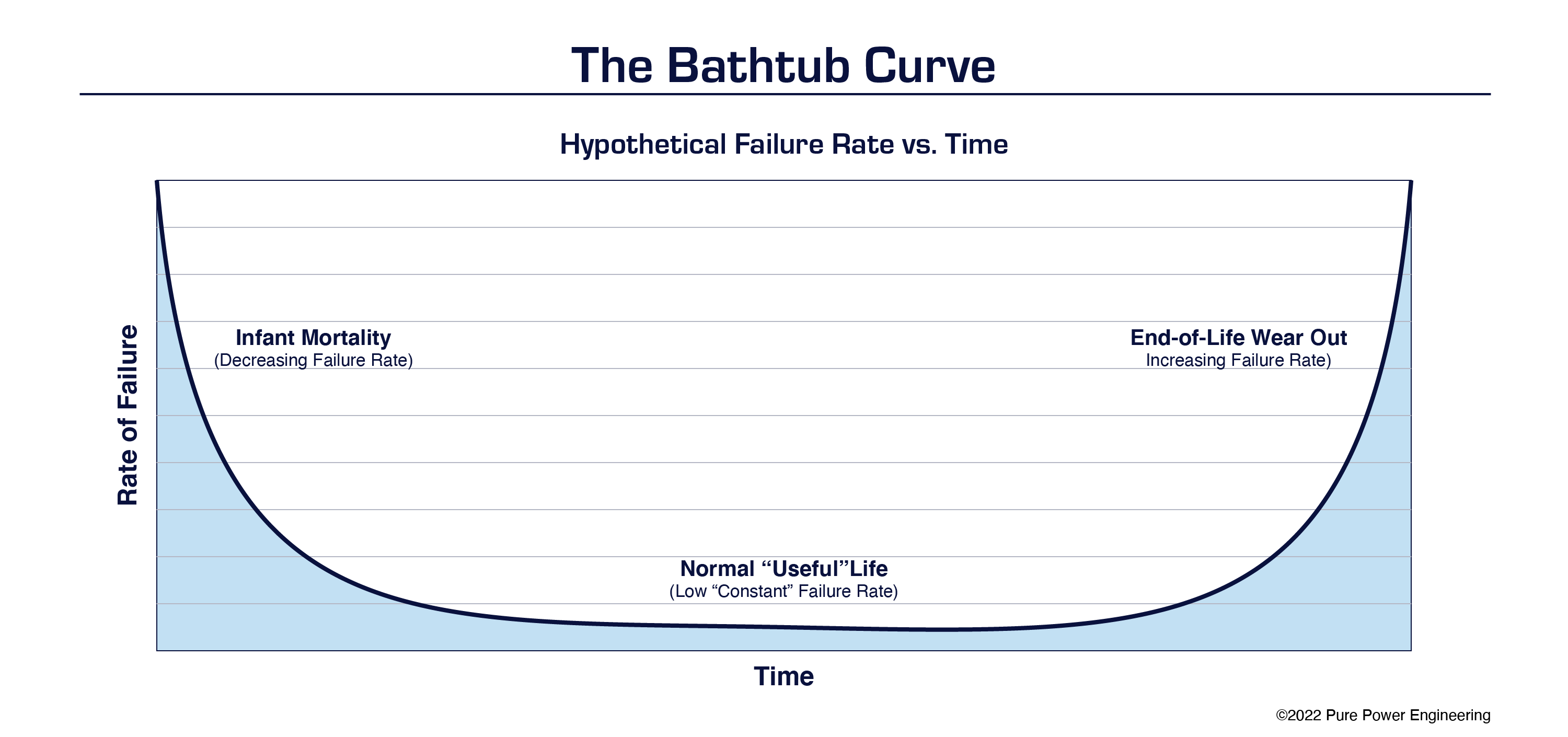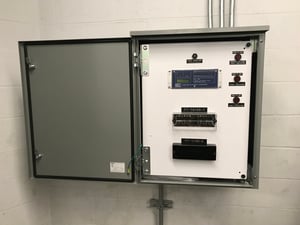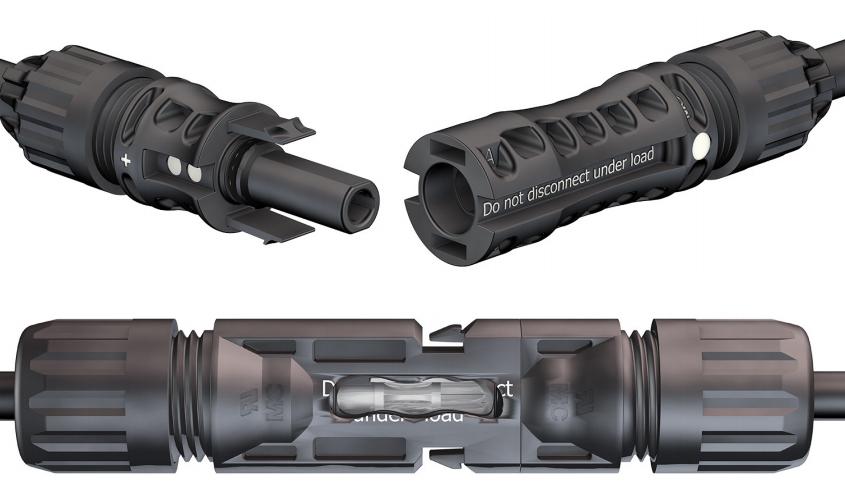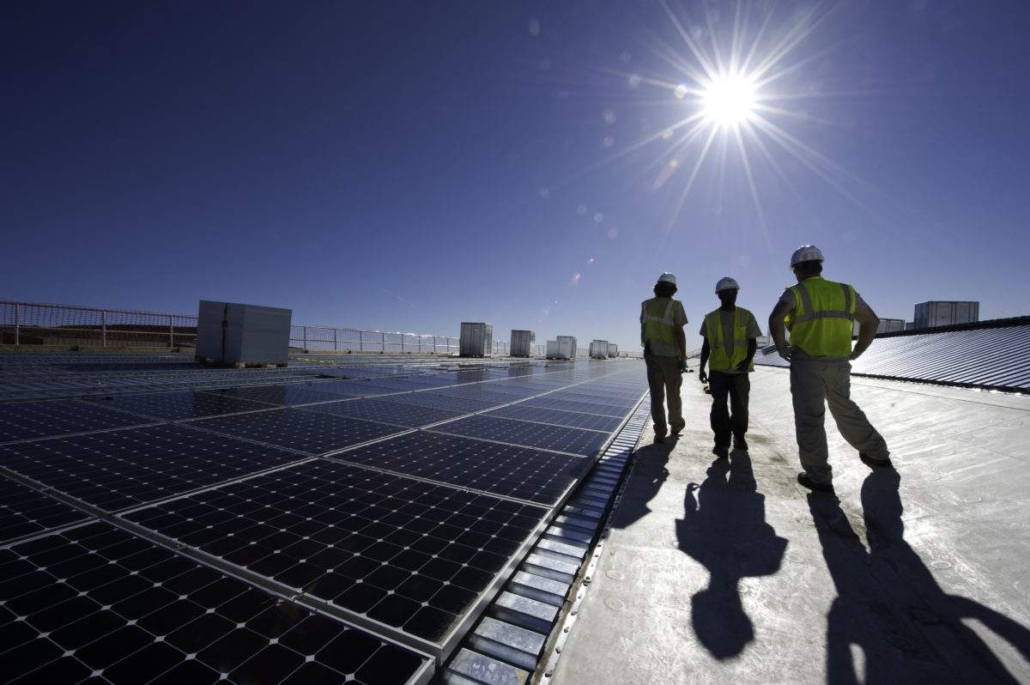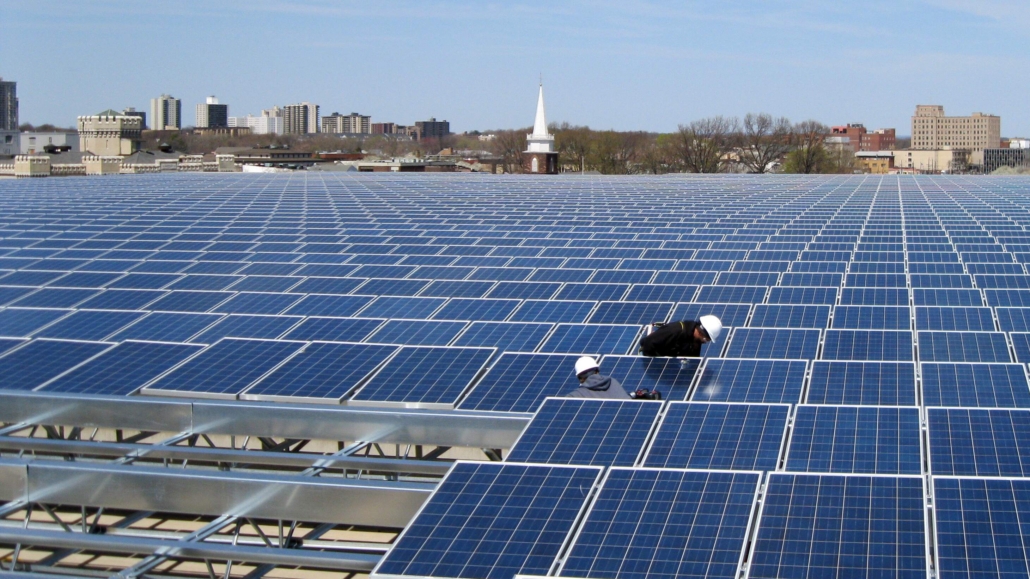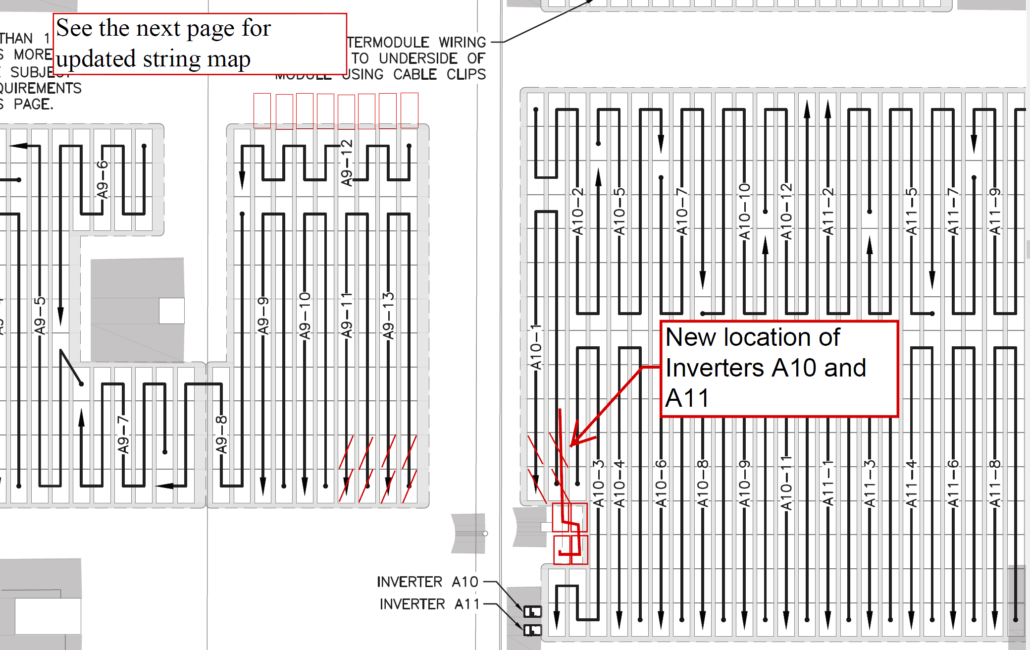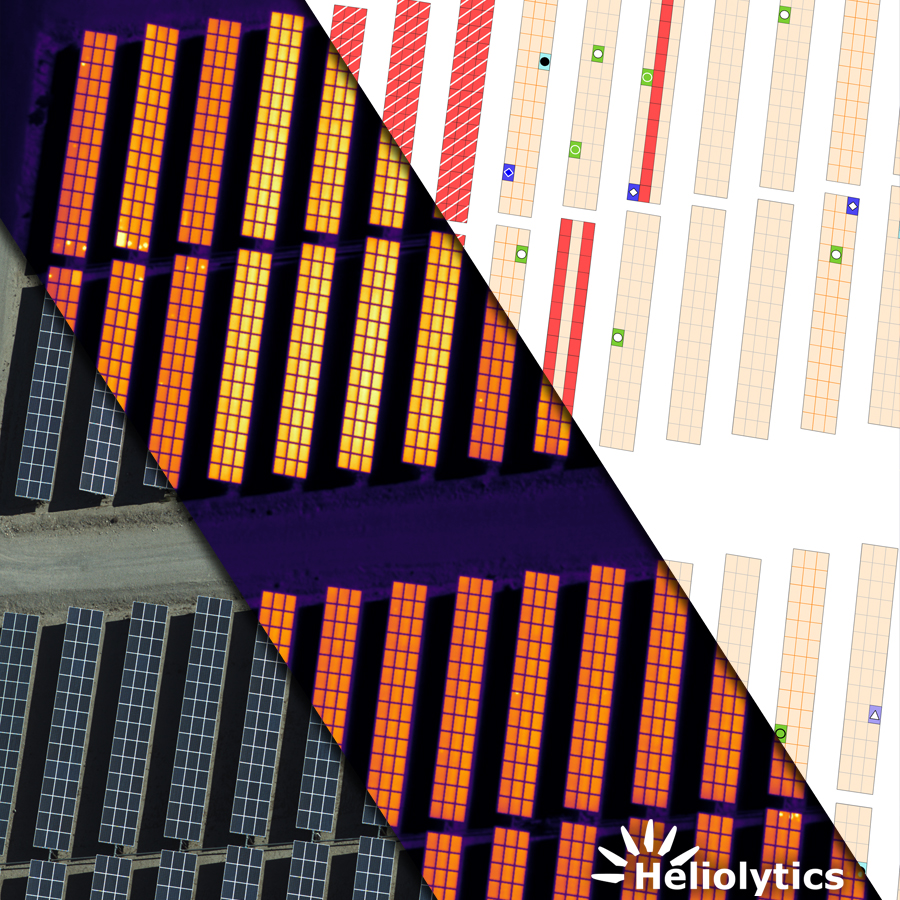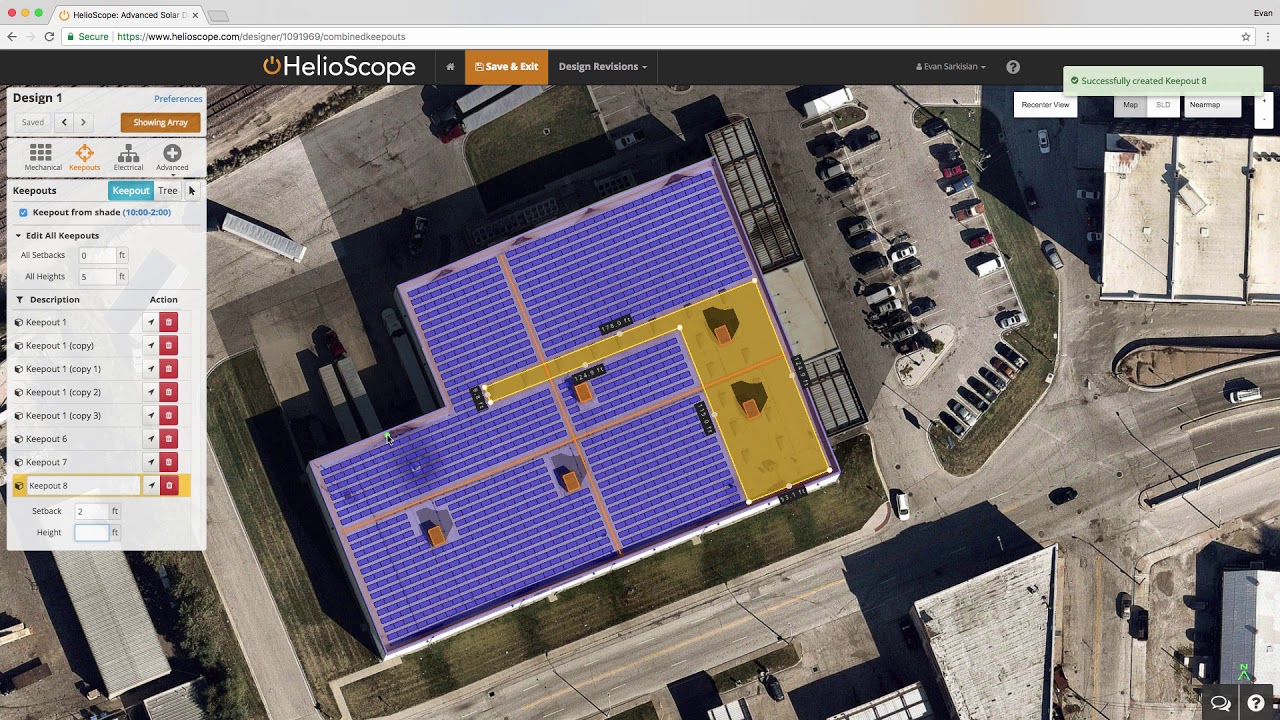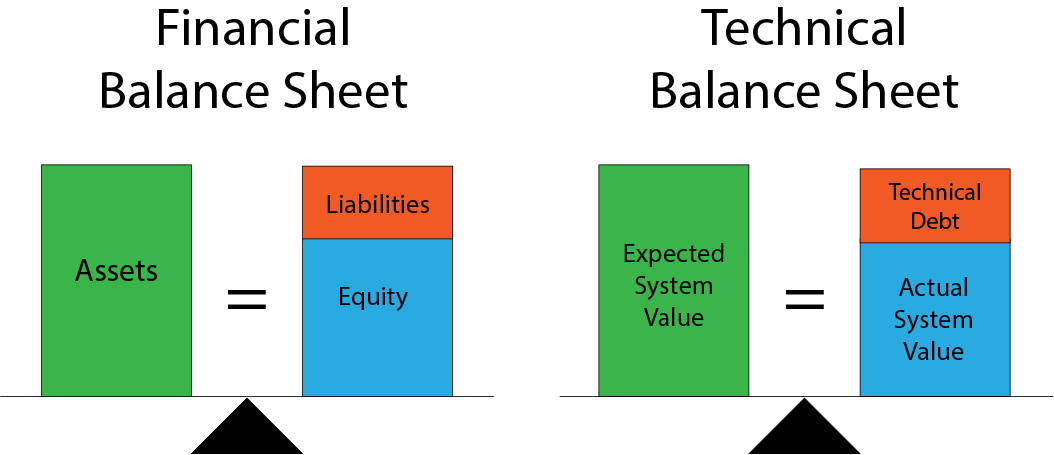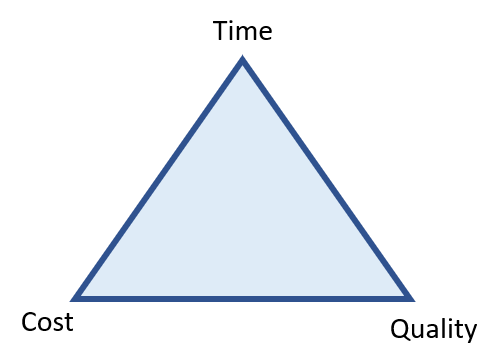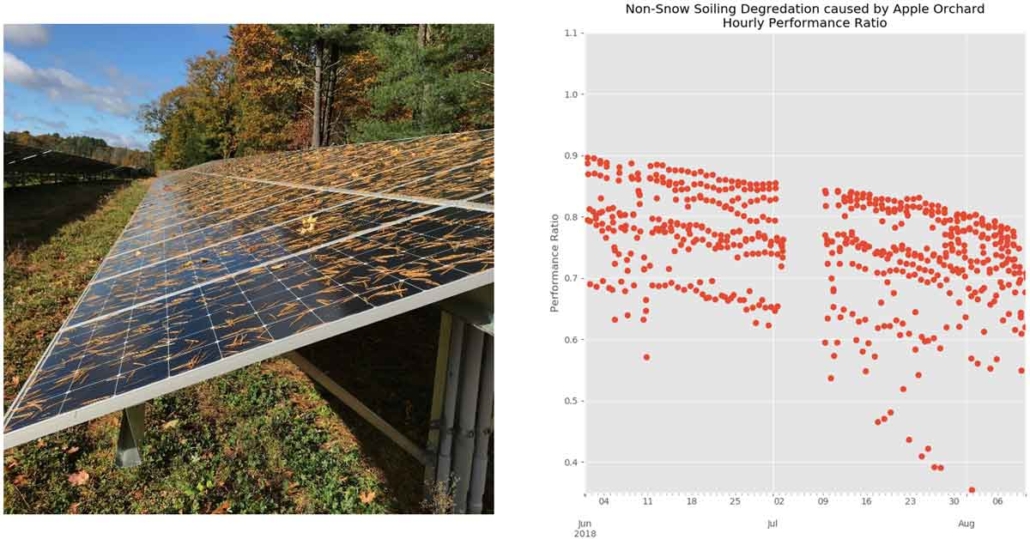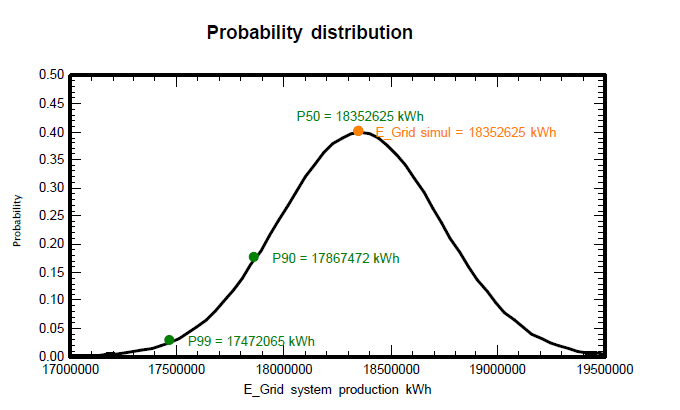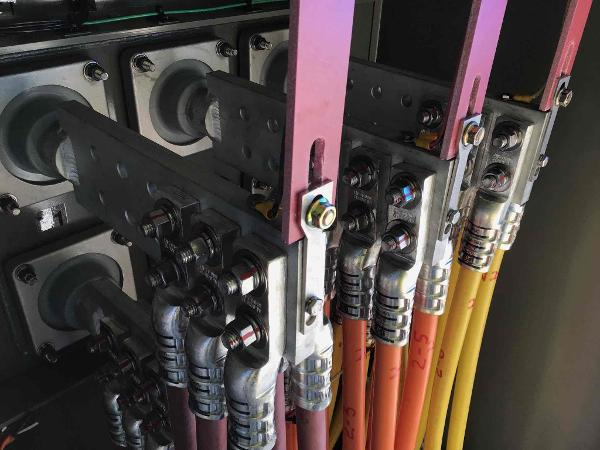Interconnection queues are more congested than ever, and the path to approval is increasingly opaque. Developers are spending serious money on land control, studies, and legal work, only to hit delays when grid studies surface surprises late in the...
Continue ReadingLatest Discussions
In the public eye, there is hardly a conversation about utility-scale solar without addressing the fear of losing valuable farmland. Debates with community involvement tend to be polarized. Developers see open fields as ideal for solar, while...
Continue Reading →U.S. distributed energy resources (DER) capacity is expected to increase by 217 GW by 2028, according to a Wood Mackenzie Report. A staggering number, even to the seasoned solar industry professional. One of the challenges is connecting the massive...
Continue Reading →Messenger wire systems have become the preferred choice for wire management in large-scale ground-mount solar projects. They provide the advantages of lower installation costs, easier maintenance access, and less trenching compared to traditional...
Continue Reading →Disconnect switches are often overlooked in the planning and installation of commercial PV systems—until they result in cost overruns, code compliance issues, or safety hazards. During a recent roundtable of Pure Power's senior project managers with...
Continue Reading →Distributed solar generation continues to accelerate. According to SEIA, the US added 50 gigawatts of new solar in 2024, with commercial solar growing 8% yearly. However, the path to electrification is increasingly shaped by two critical hurdles:...
Continue Reading →Well-executed utility-scale solar projects follow a specific pattern, allowing for completion on time and without additional cost. Arguably one of the most critical factors in the development is managing the intersection of electrical, civil, and...
Continue Reading →In the complex world of solar interconnections, cable limiters have long been a point of confusion, debate, and evolving regulation. They are key in ensuring safe and compliant system design and operation. This brief update allows developers, EPCs,...
Continue Reading →Energy Storage Systems (ESS) have become a critical component of modern energy supply for Commercial, Industrial and DG users. Building-connected Energy Storage Systems (ESS), in particular, offer a range of benefits, from load shifting and demand...
Continue Reading →Delays are just about the worst problem for a developer or EPC working on a commercial solar project. Slowdowns cause project costs to quickly accumulate and potentially spiral out of control which can have ripple effects, leading to even further...
Continue Reading →Solar developers continue to search for ways to reduce system installation costs while maintaining a safe and reliable asset. They have begun to look to UL 3741 PV Hazard Control as a means of meeting the National Electrical Code (NEC) rapid...
Continue Reading →If you are looking to invest in Commercial & Industrial (C&I) solar + storage projects, you may have heard of the term Owner’s Engineering. It’s an essential function that can save time and money on large solar deployments. Planning errors and...
Continue Reading →Through our work as an Owner’s Engineer, Pure Power has extensive experience evaluating, inspecting, and commissioning PV power systems. While I-V curve tracing is an essential tool in these efforts, it is not necessarily the best tool for every...
Continue Reading →Drone surveys are powerful tools that help maximize the return on investment (ROI) in Distributed Generation PV systems. They offer unmatched precision in the design process, which can significantly increase a solar + storage project’s system...
Continue Reading →In the first part of this two-part article, I covered the roof membranes and roofing systems commonly used in commercial and industrial (C&I) buildings. Roof identification is important because this information drives other design and engineering...
Continue Reading →Commercial and industrial (C&I) roof-mounted solar photovoltaic (PV) systems present a unique set of engineering challenges and technical risks. Some commercial roof considerations—such as the structural analysis and roof loading plan—apply...
Continue Reading →The U.S. energy storage capacity is expected to nearly double by the end of 2024! This significant growth is driven by the expansion of large-scale battery storage systems, which enhance the integration of renewable energy sources and improve grid...
Continue Reading →Mother Nature provides an unlimited source of clean energy from the sun. However, she also has a dark side that can wreak havoc on your array. As your Owners Engineer, Pure Power ensures the assets you build and acquire are designed for all the...
Continue Reading →When designing utility-scale solar energy projects, optimizing central inverters is a crucial aspect that project developers, EPCs, and stakeholders often overlook. The strategic placement and design of central inverters plays a significant role in...
Continue Reading →Pure Power has provided clients with professional services for more than a decade, including electrical, structural, and mechanical engineering, energy modeling, project development support, and PV plant performance analysis and reporting. The...
Continue Reading →Companies continually seek ways to maximize efficiency, reduce costs, and streamline their operations in the increasingly competitive solar industry. A common strategy many firms adopt involves outsourcing engineering services despite the presence...
Continue Reading →In the competitive world of solar engineering, the allure of saving money on upfront costs might seem like a wise choice for many EPCs. However, deciding to opt for a lower-cost overseas firm often comes with hidden costs and risks that can...
Continue Reading →RE+ 2023 brought together leaders, innovators, and stakeholders from the renewable energy industry to discuss the latest developments, challenges, and opportunities in the field. Amidst the numerous booths, presentations, and discussions, several...
Continue Reading →Structural Engineering is a small but critical part of the engineering for a rooftop solar project. It can make or break the feasibility of the project or have significant effects on the system size and cost of racking.
Continue Reading →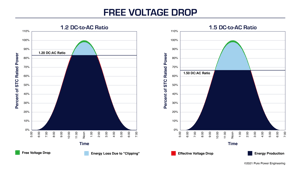
Free Voltage Drop
This is a follow up to the article Design Recommendations for 1500V String inverters, where we only briefly mentioned "Free Voltage Drop" and wanted to dive in a little deeper here.
When we value engineer a large solar project, we can take advantage...
Continue Reading →At Pure Power Engineering, our engineers work closely with project originators, developers and EPC firms to reduce the upfront capital costs of construction without sacrificing long-term operating costs. Given the dynamic nature of solar...
Continue Reading →Carports and canopies are the most expensive type of racking or PV module support structure. Therefore, its critical to optimize equipment selection and value engineer these projects.
Continue Reading →Protective Relays are an advanced area of electrical engineering and contracting that can be intimidating, but they don’t have to be! This series of 3 articles will introduce basic relaying to the non-engineers in the solar and energy storage...
Continue Reading →Protective Relays are an advanced area of electrical engineering and contracting that can be intimidating, but they don’t have to be! This series of 3 articles will introduce basic relaying to the non-engineers in the solar and energy storage...
Continue Reading →Protective Relays are an advanced area of electrical engineering and contracting that can be intimidating, but they don’t have to be! This series of 3 articles will introduce basic relaying to the non-engineers in the solar and energy storage...
Continue Reading →PV connector mismatch is one of the most common solar project deficiencies. In our work as an Owner’s Engineer, Pure Power identifies mismatch connectors on roughly 25% of our clients’ projects. While PV connector mismatch is a persistent and...
Continue Reading →Long before a system completes construction and starts its 25+ year generation life, it all starts with the design. The design is a multiplying force where a small mistake can cause big problems and introduce risk throughout the life of the system.
Continue Reading →By the end of 2019, Verizon will obsolete its coverage on legacy 3G networks. ATT will follow suit by 2021. The time to implement a replacement plan is now.
Why is this important for owners and financiers?
Connectivity to a site is the lifeline for...
Continue Reading →Nowadays, it’s not uncommon to find solar panels installed by a solar independent engineer on the roof of both residential and commercial buildings. These solar panels comprise small cells referred to as photovoltaic cells. These cells are the...
Continue Reading →As the installed capacity of solar PV systems in the US continues to scale and more geographic regions of the country achieve high penetration rates of renewables, grid congestion is becoming a high priority consideration for many large-scale...
Continue Reading →To fund solar and energy storage projects, developers must first clear a lender’s bankability hurdle. In this context, bankability is directly related to investor confidence and the perceived risk associated with project returns. Due diligence...
Continue Reading →Workmanship and equipment warranties are the only thing that survive the passing of guardianship as a solar asset is developed, constructed and operated. Throughout a project’s lifecycle, different stakeholders pass the hot potato of responsibility...
Continue Reading →For IPPs that acquire solar assets after projects are developed and designed—rather than during development or design stages—there are relatively fewer opportunities to fix design problems or engage in value engineering. Nevertheless, it remains...
Continue Reading →Independent power producers (IPPs) have different business models for solar asset acquisition. Some IPPs actively engage in development activities, such as site selection and preliminary design studies. Other IPPs look to acquire PV power systems...
Continue Reading →When companies do not have in-house engineering—or when an independent third-party perspective is required—outsourcing is common practice. This typically involves engaging an independent engineer (IE) or an owner’s engineer (OE) for professional...
Continue Reading →Technical due diligence is essential to solar project success in commercial, industrial and utility applications. Large PV power systems are capital-intensive expenditures with a service life of 30 years or more. If these assets do not operate...
Continue Reading →As an Owner’s Engineer, Pure Power often supports clients by making strategic decisions about how best to repair, re-power, or optimize the performance of operational solar assets. In this role, our team of experts and engineers often relies on...
Continue Reading →The strategic and efficient use of resources for PV system commissioning and operations and maintenance (O&M) are critical to optimizing solar PV power system revenue and profitability. Through our work as an Owner’s Engineer, Pure Power has...
Continue Reading →At Pure Power, our project managers and engineers use photovoltaic simulation software developed by PVsyst, Folsom Labs, and the National Renewable Energy Laboratory (NREL). By having access to and experience with multiple complementary tools, we...
Continue Reading →Technical Debtis the cost to the system owner as a result of prior decisions made to save time or money during the engineering, procurement, or installation of a solar project.
Continue Reading →Pure Power has been helping our client’s de-risk in their assets with our Independent Engineering (IE) & Owner’s Agent services. We cover the complex technical aspects of due diligence, while you focus on the financial and management side of the...
Continue Reading →There is a well-known business adage called the “Cost of Quality”. This is a sliding scale that says, the closer to completion a project gets, the more expensive it is to fix quality issues.
Continue Reading →Modules can underperform for a variety of environmental and non-environmental factors. With good design and operation practices we can mitigate non-environmental factors. However, we cannot control the environment. We can only predict its behavior,...
Continue Reading →Modules can underperform for a variety of environmental and non-environmental factors. With good design and operation practices we can mitigate non-environmental factors. However, we cannot control the environment. We can only predict its behavior,...
Continue Reading →Torque is a commonly used term in Solar PV system inspection, which refers to the act of tightening a mechanical fastener. The fastener can cover a wide array of details, not limited to attaching structural members, electrical connection and weather...
Continue Reading →.png)

.png?width=300&name=Agrivoltaic%20Solar%20Projects%20Article%20Thumbnail%20(1).png)

%20.png?width=300&name=Messenger%20Wire%20Systems%20for%20Ground-Mount%20Solar%20(7.25)%20.png)
%20%20(6).png?width=300&name=Disconnects%20for%20String%20Inverters%20(6.25)%20%20(6).png)

%20(2).png?width=300&name=Utility-Scale%20Solar%20Coordination%20Article%20(5.25)%20(2).png)


.png?width=300&name=Bridging%20the%20Information%20Gap%20(Final).png)
.png?width=300&name=UL3741%20FINAL%20(2024).png)
.png?width=300&name=How%20Owners%20Engineering%20Services%20Deliver%20Value%20on%20C&I%20Solar%20Projects%20(FINAL).png)
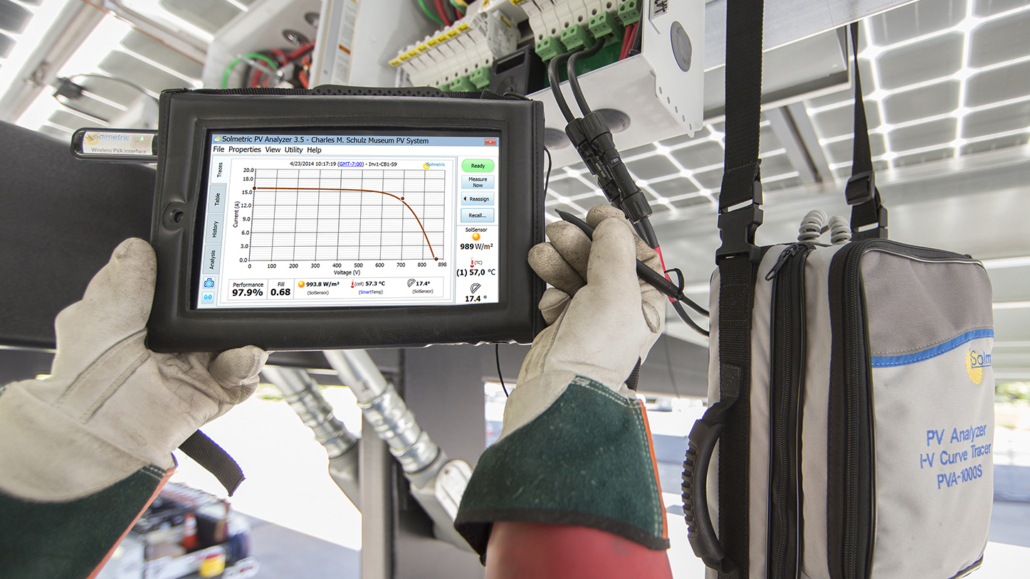



.png?width=300&name=Understanding%20Microgrid%20Due-Diligence%20(1).png)
-1.png?width=300&name=Climate-Specific%20Design%20%E2%80%93%20Risk%20Vs%20Value%20Engineering%20(1)-1.png)

